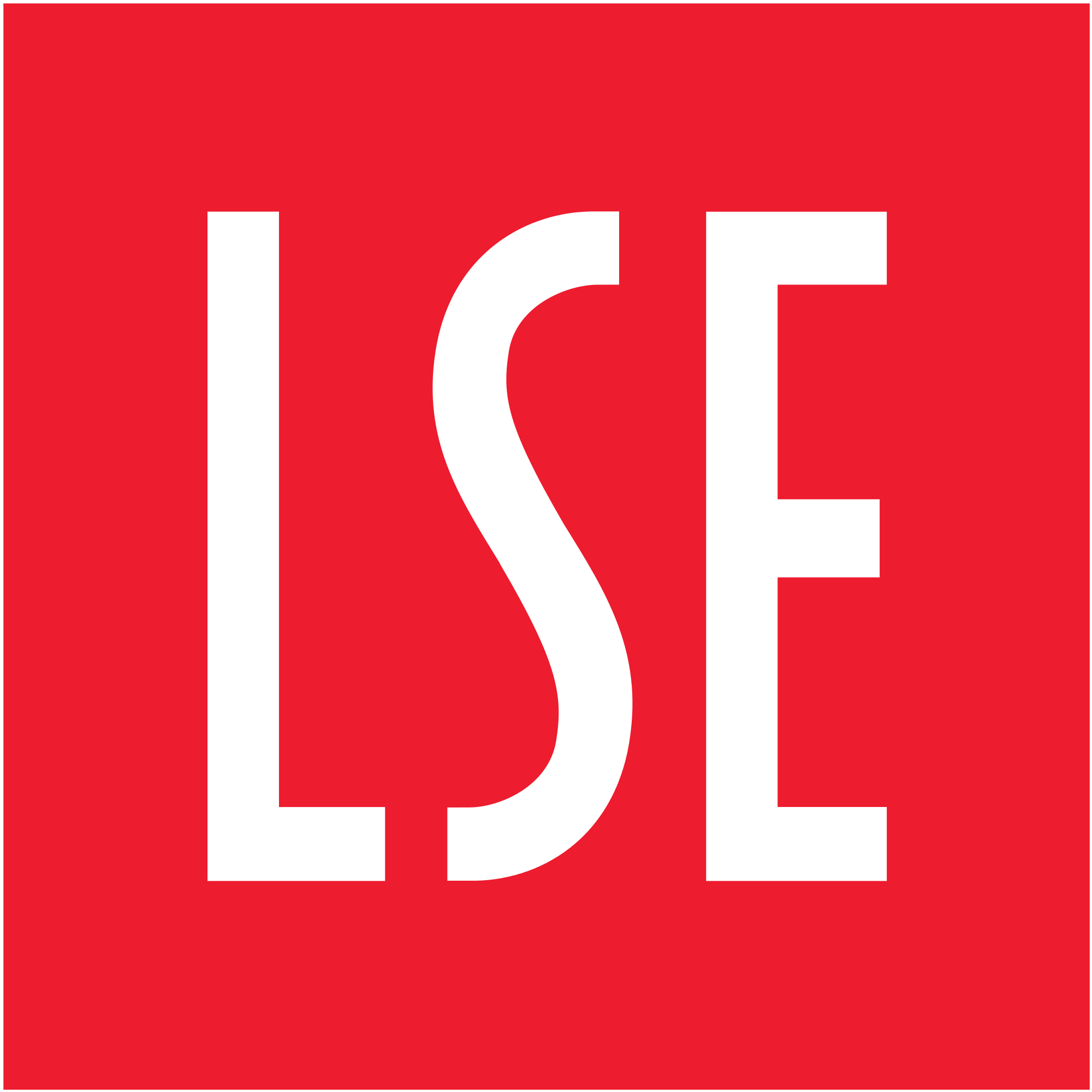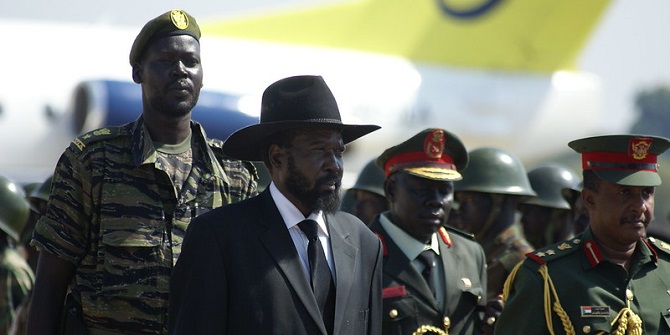In the countries where the Conflict Research Programme conducts research, democracy activists and external actors (we use the catch-all term ‘policymaker’ in this blog) usually have multiple goals. They want to end armed conflict, build governance institutions (once conflict ends), reform the security sector, and promote democracy and justice. Since these goals are extremely difficult to achieve, a starting point is for policymakers to have a clear view of how their work will lead to the change they want to see. In other words: to formulate evidence-based theories of change to help guide them in the pursuit of these goals.
A recently published memo by Alex de Waal, Aditya Sarkar, Sarah Detzner and Ben Spatz discusses some of challenges involved in preparing theories of change for violent political markets. This post summarises some of its findings.
What are theories of change? Why do they matter?
Theories of change are an essential component of international development programmes – and are used by donors, UN agencies (such as the UNDP, ILO, etc.), as well as international NGO’s, civil society organisations and local activists to plan their work. At its simplest, a theory of change (TOC) is ‘a set of beliefs about how change happens’. More formally, it is ‘an analytical framework (a) explaining how social, political, and economic change occurs over time, and (b) for understanding the impact of an intervention within a specific social context’.
When a policymaker formulates a TOC, they are compelled to outline their understanding of (a) how policy tools and programmes intersect with the actual processes of change in a given society, (b) why they think certain chosen strategies and actions are likely to be more effective than others, and critically (c) their ‘implicit and explicit ‘assumptions’ about change processes’.
For example, the implicit TOC for ending conflict outlined in the UN and World Bank’s 2018 Pathways to Peace report is that peace can only be achieved by building inclusive institutions which address the underlying issues of injustice, exclusion, oppression/ exploitation, threats to identity and security, and people’s sense of injury/victimisation. The normative assumption underpinning this theory of change is that countries are moving from less-institutionalised political systems towards more institutionalised systems, albeit at different speeds. This, and similar theories of change can be critiqued on the grounds that they are based on a misconception of how politics function in some conflict-affected countries, but it is nonetheless a relatively clear statement outlining how the UN/World Bank understands the process of change.

Unfortunately, theories of change are often an afterthought in the programme cycle. It is not uncommon for development organisations/NGOs to first decide what activities they wish to implement, and which are most likely to be funded by donors, and only then craft a theory of change. In these programmes, drafting theories of change are exercises in conceptual contortion, as they are molded to fit pre-planned activities and/or satisfy donor imperatives.
Instead, the starting point for those trying to promote peace or a political settlement in political markets should be an analytical one: understanding the political system in question, and the political logics driving change in it. This is the step at which most falter, as most analyses tend to reflect and reinforce existing institutional and disciplinary biases.
What drives change in political markets?
Violent political markets
The concept of ‘political markets’ has been discussed at length in previous posts, but some of its features are worth re-emphasising. In these political systems, transactional politics dominate over the functioning of formal institutions, and politics is exclusionary – there are significant barriers to participation for non-elites. Violence of different kinds (including the threat of violence) is widespread and diffused across all levels of society.
Political markets usually occupy a subordinate position in the world economic order and are subject to movements in global markets and regulatory regimes outside their control (for example, in grain or commodity prices, or trade rules and agreements). As a result, they are uniquely vulnerable to external economic, political, and environmental shocks, and short-term politics in these countries is persistently unpredictable. The consequence is that there is no dominant institutional state and both formal and informal governance mechanisms are organised according to several, often contradictory political logics including monetised transactional politics, pervasive violence, the instrumentalisation of identity, as well as ‘civicness’.
Monetised transactional politics
Changes in the political economy – broadly understood as the relationship between political and economic institutions – can lead to structural shifts in the organisation of politics. This occurs through fluctuations in the sources and quantities of political finance, the price of politics, and control over the means of violence. In response, political systems may move from an autocratic form of government towards a political system with two or more coalitions which compete for political power but collude to exclude other political challengers (an oligopoly). Less commonly, we might even see a fractious political system with many groups vying for power, but without any single group having the ability to dominate the entire political system (akin to free competition). The proliferation and fragmentation of armed groups in Syria in late 2012, and prior to the Iranian intervention is a good example of a highly competitive political market.
Pervasive violence
In the absence of an institutionalised state, multiple forms of violence (political, criminal, interpersonal) are a significant driver of change in political markets. Violence can be a force for state-building, a way in which elites can exert control over economic assets, affect the consolidation of identity units such as nations, tribes, clans or sects, or be a force for simple destruction. It can even be ‘democratic’ in the sense that it can be used to resist or overthrow a coercive power. Crucially, limited violence can be used as a political bargaining tool (as in South Sudan). It is extremely difficult to understand the implications of violence at the moment of its perpetration. These are usually only interpreted in retrospect – in other words, the meaning of violence is usually only generated through its consequences.

Exclusionary identity politics
Most forms of identity politics in political markets consist of defensive and reactionary responses to stresses and anxieties generated by broader political processes. They are characterised by the invention and use of nostalgia, lineage, and tradition which can be used to create a hostile environment for persons defined as ‘outsiders’, shape ethnic, sectarian and national identity groups and maintain their boundaries, and define the terms of group-membership. In political markets, leaders can invent and instrumentalise identity narratives and units to gain power, consolidate power, and undermine opposition (especially opposition based on civic, democratic principles). At the same time, identity formation can also be driven from below, and serve important functions for states and other institutions, including generating solidarity and consolidating social norms.
This refers to social and political behaviour (and a political position) characterised by deliberative action to protect and promote values such as shared humanity, human rights, equality and peace. In political markets, this can take the form of efforts to generate societal codes of conduct and rules or ‘law from below’, civic activism, non-violent civic uprisings, and protests against corruption, autocracy or violations of human rights. Of course, overthrowing a dictator does not automatically lead to democracy. More recent protests by activists in Sudan and Iraq suggest that they have learnt from the failures of the 2011 Arab Spring revolutions and understand that dismantling political markets requires paying attention to the material organisation of politics.

Needless to say, these are not the only drivers of change in political systems. Others include the boom and bust of economic cycles, technological change, and environmental and climatic variation. These logics are, however, among the most relevant for policymakers working towards peace or a political settlement. Ignoring them results in flawed theories of change, and programmes which contribute to and feed the dynamics of political markets.
Why is it so difficult to formulate theories of change for violent political markets?
Existing theories of change tend to focus, almost exclusively, on formal institutions rather than the dynamics of transactional politics.
The role of formal institutions and the rule of law is subordinated to transactional politics in political markets. Where formal institutions exist and resemble counterparts in institutionalised political systems (described as ‘isomorphic mimicry’), they are rarely a binding constraint on politics. Instead, they primarily function as a tool for elites to mediate their relationships with external actors, and a way of attracting strategic rents and aid resources intended for state-building. It follows that interventions which focus on formal institutions are often mismatched to the problems confronting these political systems and therefore are likely to have little impact. Instead these interventions risk feeding into and perpetuating the underlying political dynamics of the political system.
Most international partner institutions (development agencies, intelligence and security agencies), however, function on the premise that their counterparts follow compatible rules – a result of poor contextual analysis compounded by the political imperatives of donor countries. Therefore, it is the norm for external interventions in peacebuilding, security sector reform, etc. to focus on formal institutions and external assistance is conditioned on tactical and procedural factors (such as the capacity of the recipient to produce accounts and to meet performance criteria) rather than on a strategic assessment of how that institution is functioning in the political market.
Take the example of ‘security sector reform’. Programmes and initiatives aimed at establishing functional national armies and security forces may be a preferred method for attracting funds in the form of salaries and equipment. These funds are routinely diverted through the creation of ghost soldiers on militia payrolls, while the weapons and equipment are used against democracy activists and political opponents or traded to others for cash or other favors. The continuing weakness and corruption of the security services then serves as an excuse to request more aid, in a cycle that may be repeated many times to siphon resources from overly credulous and/or badly coordinated donors.
Instability and turbulence are the norm in political markets; theories of change find it difficult to account for these.
Political markets are complex and disorderly, characterised by near-constant change. It is therefore very difficult for actors and parties to build enduring relationships in these political systems. Even when parties can agree, they will always have high incentives to violate and renegotiate these agreements. Equally, they will expect their counterparts to not hold to the terms of the agreement when circumstances change. A good example of this form of behaviour comes from the extraordinary fragmentation of and opportunistic bargaining (and conflict) among opposition groups in Syria in response to foreign funding of opposition forces, as well as a changing war-economy.1 Theories of change which envisage slow consolidation of authority and institution building are usually off-the-mark.
External observers also find it difficult to distinguish between everyday changes driven by transactional politics, and other more fundamental changes which result in changes to the structure of the political system. For instance, a peace agreement such as the externally-mediated Agreement on the Resolution of the Conflict in South Sudan (ARCSS) may be widely lauded by international policymakers but hasnothing to do with a new political settlement or an elite pact. In fact, the ARCSS was significantly out-of-step with the ‘real’ political dynamics in South Sudan, when it was signed in 2015. Rather than reflecting the elite compact, it created the façade of a cooperative arrangement behind which the armed belligerents continued to consolidate their positions through tactical manoeuvers. The deal collapsed in the face of violence between the armed groups in July 2016. Theories of change centered around the formal peace agreement would also have been ‘out-of-step’ with the realities of South Sudanese politics.
External programmatic interventions form part of political market dynamics.
A theory of change is meant to help policymakers ‘do no harm’ by identifying the possible consequences of their interventions. This is difficult in political markets as external interventions are an integral part of the political system. The power of the external policymaker is usually mismatched to the other factors driving change in these political systems, and external interventions usually alter the relative distribution of resources and control over violence. As a result, external interventions (or the possibility of intervention) change the incentives of actors in political markets. Theories of change for external interventions need to explicitly account for these shifts, even though it is difficult to do so – because of the impact of many external actors intervening at the same time, usually with minimal coordination.
A recent paper on the political economy of food aid in Somalia can help illustrate this. After the collapse of the Siyad Barre regime in 1991, aid contracts became the largest source of business in Somalia. Two overlapping groups – warlords and business-persons – played a key role in the manipulation of aid, and used the capital accumulated at that time to start businesses which have since become among the largest in Somalia. These businesses have also played a critical role in shaping Somalia’s political system since, by providing funds to politicians, starting private security groups, and (for the most part) opposing the formation of a strong centralised state. Obviously, food aid is not solely responsible for Somalia’s current predicament, but it has been a significant factor in Somalia’s recent politics.
What can be done? Intervening in political markets
Three major types of interventions are identified below (there may be others). These may be combined, come with their own risks, and operate across variable time-scales.
Tactically engineering short-term outcomes/controlling violence
This approach consists of incentivising agreements between parties on relatively limited outcomes using the tools of the political market: (a) ‘sticks’ such as sanctions including arms embargoes, travel-bans, etc. and (b) the ‘carrots’ including inducements such as offers of official recognition, post-conflict assistance, and removal of negative measures such as sanctions. The major risk in this approach is that national actors are invariably better informed and more adept at ‘playing the market’ than externals. As a result, external actors can readily be co-opted or manipulated, especially when donor agencies move into post-conflict reconstruction and state-building. Further, these strategies are only effective when major external actors have convergent strategies and similar goals, but completely impossible when they do not – as is the case in most of the greater Middle East today.
A good example of trying to control violence through short-term tactical bargains between conflict actors comes from Liberia, where a two-year interim government was formed under the aegis of a mediated peace agreement in 2003. Almost all of those government positions were distributed among the different fighting factions with the expectation that even if large scale corruption were to take place over the two-year period, many of those who were part of the interim government would not be able to participate in future elections under the terms of the peace deal. While this did not operate in isolation – and a large UN mission, the departure of Charles Taylor and simple conflict fatigue each played a role – violence did largely stop.
The more ambitious variant of this approach is to try and shift interaction between parties from violence to more stable (and somewhat peaceable) collaboration. This requires crafting of relationships which allow for contingencies, and for parties’ interests to evolve over time. Examples could be peace agreements which allow parties to co-exist despite fundamental disagreements, include provisions which allow for future advocacy or action on issues such as ending impunity, democracy, or human rights, and allow local issues to be settled outside the national level peace process. Bell and Pospisil refer to such agreements as ‘formalised political unsettlements’.
Structural reconfiguration of the political market from above
A second type of intervention consists of making changes to the political economy so as to alter the incentives of the parties to a conflict. Examples include sharing out resources during an oil-boom to incentivise conflict parties to reach an agreement (as in the 2005 CPA in Sudan), or the regulation of political financing by a business consortium who agree to support a leader emerging from a political process – as in the case of Somaliland. The major risk is that the conditions which made the peace deal possible may change resulting in renewed, or even increased violence. Salva Kiir’s model of governance in South Sudan, first as leader of the SPLM/A and then as president had been to use increasing oil revenues to ‘buy off’ all challengers; when oil production stopped in 2012 in South Sudan, this model collapsed, and civil war ensued. Peace agreements based on a logic of reconfiguring the marketplace may also exclude smaller groups, or those which use non-violent methods, or even those (such as women and youth) who are not perceived to be ‘important enough’ to merit inclusion. This may be a significant cause of future instability.
Transformative/democratic change
In every country, even amidst violent political conflict and turmoil, people organise to press for peace, democracy, law and justice. In some cases, large-scale, non-violent protests can bring down repressive governments—indeed this is the only means of regime change with proven efficacy. External actors are very poor at engineering such changes, but their interventions can be crucial in (a) helping democrats prepare the ground for when the moment is ripe and (b) determining the success or failure of such civic revolutions. Other forms of transformative change may not be so dramatic – but may follow from opportunities within peace processes for marginal and civic groups to express their demands. Peace agreements may also contain provisions on truth commissions, national dialogue, human rights, elections, etc., around which future civic mobilisation can be mobilised (see above).
Pursuing change through the logic of civic mobilisation requires a combination of principle and systematic opportunism. Policymakers need to hold firm to the basic norm of non-violent political change and preserve space for civic activists in the face of setbacks. Even as they do so, they must also prepare for different eventualities, pursue small wins, and try to seize opportunities to promote peace, democracy and justice, when they appear. For civic activists, the theory of change can be a valuable diagnostic tool. An activist with a clear and unsentimental understanding of the forces she is confronting has a better chance of overcoming them than one who believes that democratic enthusiasm is sufficient to sweep aside a political market.
[1] Anne Marie Baylouny and Creighton A. Mullins, 2018. “Cash is King: Financial Sponsorship and Changing Priorities in the Syrian Civil War.” Studies in Conflict and Terrorism 41, no.12: 990-1010. See also Vesna Bojicic-Dzelilovic and Rim Turkmani, 2018. “War Economy, Governance and Security in Syria’s Opposition Controlled Areas.” Stability: International Journal of Security and Development 7, no.1: 1-17. There were notable differences in the behaviour of armed groups in different areas, but the broader point holds.
Note: The CRP blogs gives the views of the author, not the position of the Conflict Research Programme, the London School of Economics and Political Science, or the UK Government.





